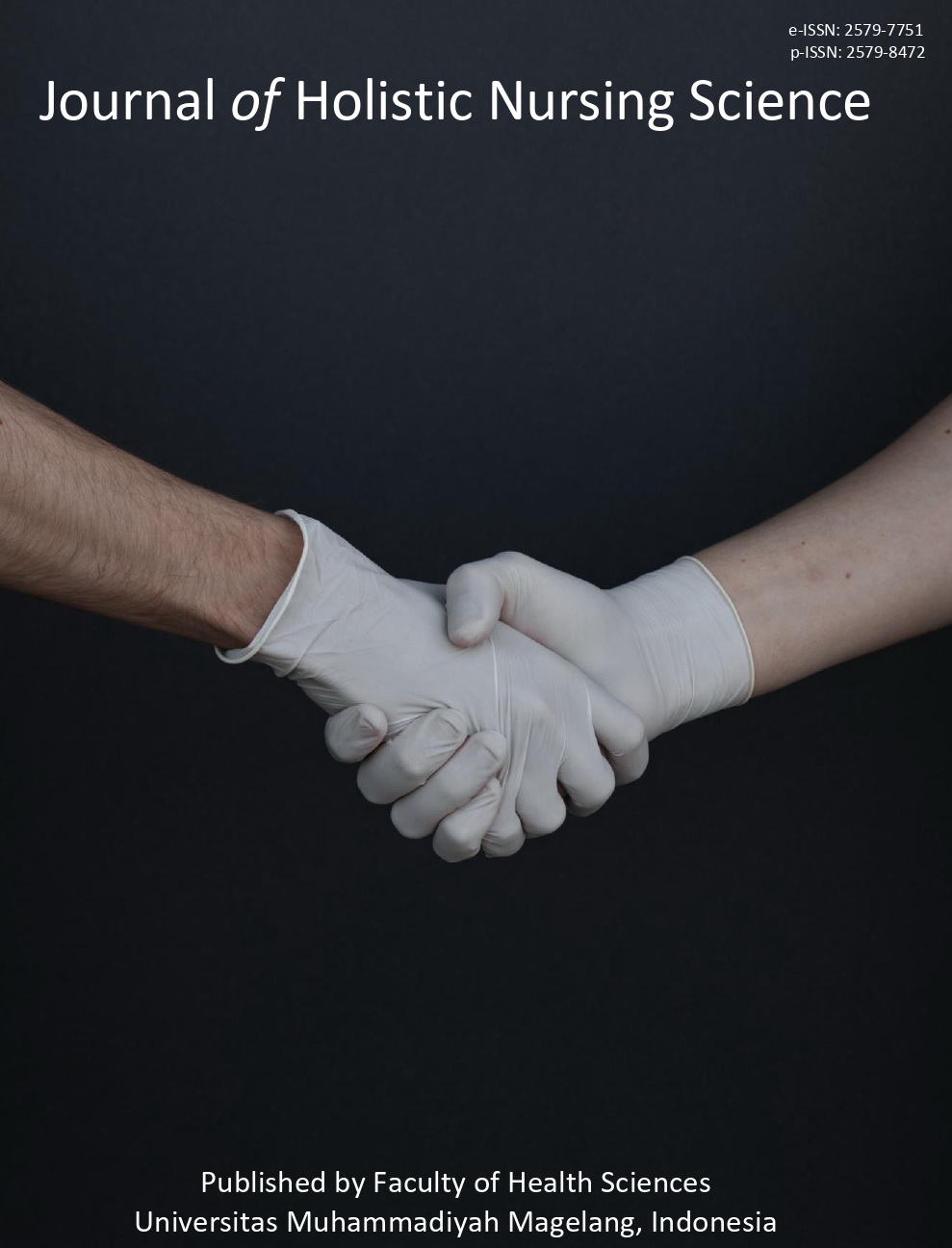A bibliometric analysis of garlic to improve wound healing
Main Article Content
Abstract
The use of complementary therapies in wound healing continues to grow. One natural ingredient that has many benefits is garlic—however, limited studies have investigated this area of interest. The purpose of the study was to explore the trend of the number of publications, citations, and the journal with the highest number of publications, which field has the most consent to publish, network visualization, overlay visualization, and density visualization on the effect of garlic in wound healing through bibliometric analysis—Bibliometrics analysis used in this study. Records are identified through database searches. Paper restricted in publications years 2018-2023, focus in the field of Health sciences, nursing, public health, clinical sciences and publication type is the article. Data were analyzed using a VOS viewer, and then the analysis was reviewed by co-occurrence and co-authors. Publication searches related to garlic and wound healing yielded 47,351 articles. After screenings through the specified criteria, the number of articles obtained was 12,472. The peak of publications about garlic and wound healing was in 2018. On the other hand, the lowest number was in 2023. Research on the effect of garlic in wound healing is carried out by the fields of medicine, public health or nurses and other fields such as agricultural, vetenary, and food sciences, medical and biomolecular chemistry, pharmacology and pharmaceutical sciences, and medical biotechnology. The peak of publications about precision health and precision medicine was in 2021; the lowest number was in 2023. Research related to the use of garlic has been carried out on acute and diabetic wounds. However, safe concentrations are a concern for more in-depth research on their use in wound care.
Keywords: Wound care; wound healing; garlic; bibliometric analysis; nursing research
Downloads
Article Details

This work is licensed under a Creative Commons Attribution-NonCommercial 4.0 International License.
Authors who publish their articles in JHNS retain full copyright of their work. JHNS does not require authors to transfer their copyright to the journal or Universitas Muhammadiyah Magelang as the publisher. The authors grant JHNS a license for the first publication.
